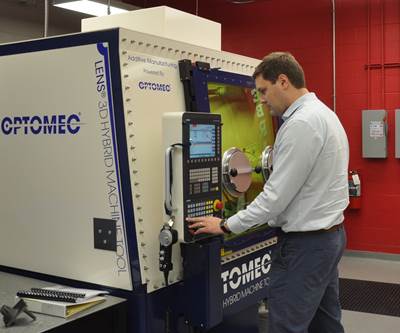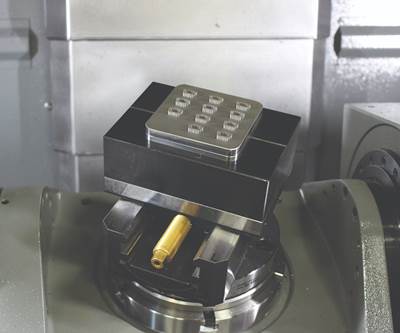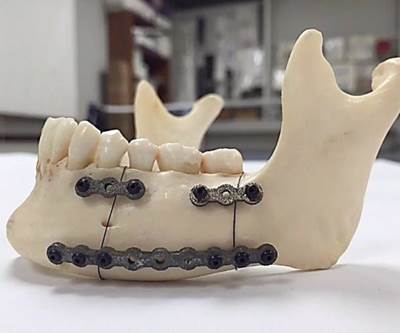Share




Additive manufacturing (AM) has been used to make medical implants for more than a decade now. 3D printing technology has allowed implant manufacturers to create complex geometries that copy the shape and function of natural bone, and to produce these items on an accelerated timeline.
But additive manufacturing’s role in the medical field continues to develop and mature. In a recent issue of Additive Manufacturing magazine, we highlighted a number of 3D printed implant applications, ranging from devices used in successful, completed surgeries to research that will influence the next generation of medical devices. Our reporting shows that 3D printing is not just an alternative method for manufacturing hip cups and spine cages at scale; it is actually reshaping what implants can do, and how patients can be treated.
Here are four ways that 3D printing is changing medical implants:
- Accelerating product development. 3D printing allows for the creation of new kinds of geometries, such as trabecular lattices to encourage bone in-growth on a given implant. The technology offers not only the capability to create and test these geometries, but to prototype them using the intended manufacturing process and to do so quickly. When the right design is found, the implant can go into production right away. As Ryan Hanes, VP of business development at implant maker Amplify Additive says, with additive, “the prototype is the product.”
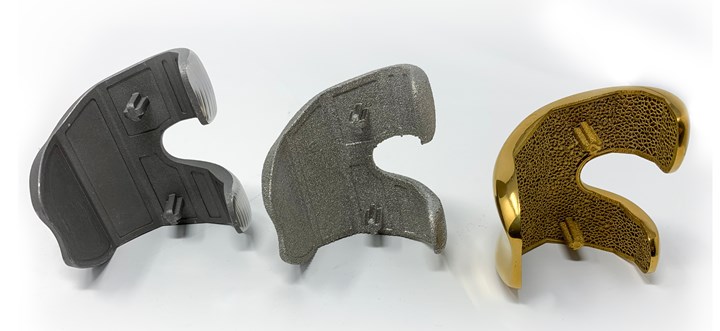
Moving from cast and machined knee implants (left) to metal 3D printed ones (center, right) has allowed Amplify Additive to implement new design features like trabecular lattice and prove out designs more quickly.
- Making custom implants more accessible. Rapid product development leads to another advantage with 3D printing technology: Custom implants can likewise be developed and made much more quickly. Patients can have access to implants made to fit their bodies, resulting in easier surgeries and better health outcomes. Surgeons at the University of Miami recently created a 3D printed titanium talus bone for a patient with sickle cell disease, for example. Rather than fusing the patient’s ankle to the hindfoot, a procedure that would have taken away her ability to move the foot, this replacement talus was able to preserve that mobility.
- Creating new opportunities with biocompatible materials. 3D printing technology offers new ways of working with common implant materials. Researchers in Australia have proven out a process for the 3D printing of stents made from nitinol, a shape memory alloy that will resume its intended geometry after deformation; the material is already used for arterial stents, but the ability to apply it with 3D printing could enable more sizes and configurations to made easily. Polymers and other materials can benefit from additive manufacturing as well; bioceramics used as support structures and artificial bone graft can be 3D printed into precise geometries to fit a patient’s anatomy for example, rather than having to be packed manually by the surgeon.
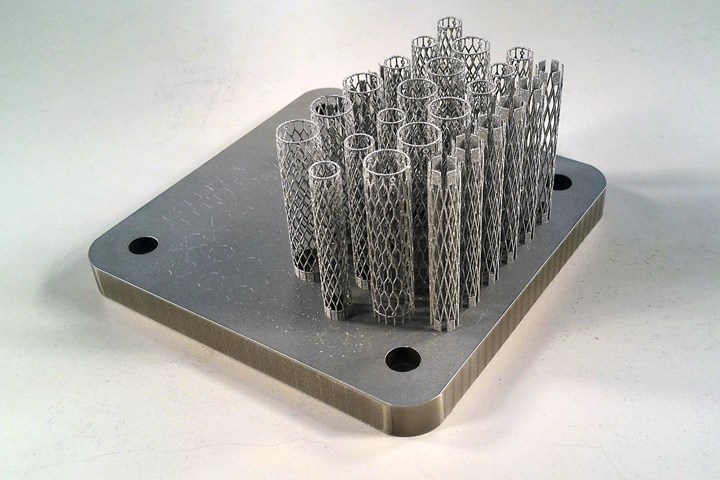
The ability to 3D print with nitinol will allow stents like these to be made in greater varieties to suit more patients. Photo Credit: CSIRO
-
Simplifying procedures. The ability to create custom implants for specific patients has added benefits during the course of treatment. Many reconstructive procedures still require a fair amount of handwork and artistry on the part of the surgeon. But working with a bespoke implant made for the patient at hand means that the surgeon has less adjustment and manual work to do in the operating room. Procedures can be accomplished faster and less invasively; patients therefore recover more quickly and have better health outcomes. 3D printed implants could even reduce the number of surgeries necessary for a given condition. For example, glaucoma stents 3D printed from a dissolvable polymer could eliminate the follow-up surgery necessary to remove the titanium devices commonly used today.
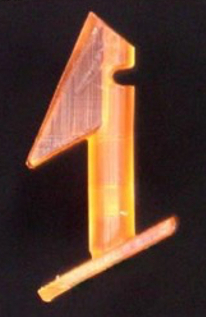
This glaucoma stent is about 1 mm long, and was built using microscale 3D printing by Boston Micro Fabrication (BMF). Photo Credit: BMF
For more on the use of 3D printing for implants and other medical devices, visit the Medical & Dental collection on AdditiveManufacturing.media.
Related Content
Custom Workholding Principles to Live By
Workholding solutions can take on infinite forms and all would be correct to some degree. Follow these tips to help optimize custom workholding solutions.
Read MoreRethink Quality Control to Increase Productivity, Decrease Scrap
Verifying parts is essential to documenting quality, and there are a few best practices that can make the quality control process more efficient.
Read More4 Steps to a Cobot Culture: How Thyssenkrupp Bilstein Has Answered Staffing Shortages With Economical Automation
Safe, economical automation using collaborative robots can transform a manufacturing facility and overcome staffing shortfalls, but it takes additional investment and a systemized approach to automation in order to realize this change.
Read MoreWhat are Harmonics in Milling?
Milling-force harmonics always exist. Understanding the source of milling harmonics and their relationship to vibration can help improve parameter selection.
Read MoreRead Next
"Hybrid" Manufacturing Process Combines Deposition and Laser Peening
Research at the University of Nebraska-Lincoln is combining directed energy deposition (DED), a metal 3D printing process, with laser peening for improved mechanical properties.
Read MoreFor 3D Printed Implant Maker, CNC Machining Is Capacity Constraint
Additive manufacturing is realizing its promise for scale production during the coronavirus period, but machining is an essential downstream capacity need that has to be expanded to keep up.
Read MoreAdditive Manufactured Fixation Plates Better Match Patient's Jaw Bone
A combination of selective laser melting and NiTi material enabled the creation of plates matched to both the shape and stiffness of natural bone.
Read More

.jpg;width=70;height=70;mode=crop)



















.jpg;maxWidth=300;quality=90)




